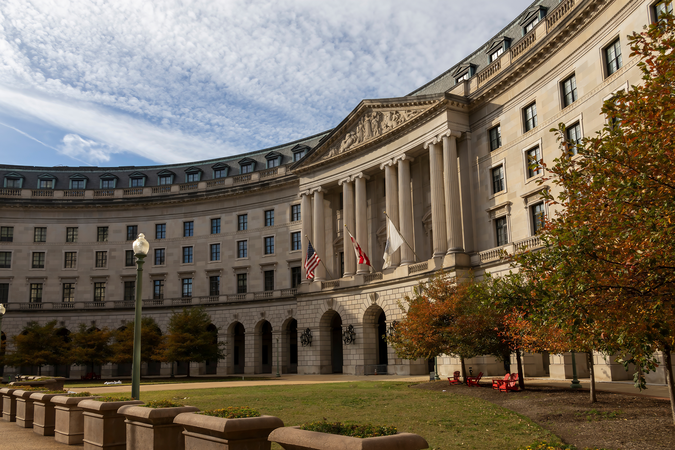Conservation Reserve Program and Wetland Reserve Program: Primary Land Retirement Programs for Promoting Farmland Conservation
DownloadCropland covers about 440 million acres, or about 19.5 percent, of total U.S. land area. Agricultural policy programs to encourage conservation of these lands have existed since the 1930’s, but, today, the Conservation Reserve Program (CRP, introduced in 1985 by the U.S. Department of Agriculture, or USDA) and Wetland Reserve Program (WRP, which began in 1992 and is administered through the USDA Natural Resources Conservation Service) are the two primary agricultural land retirement programs in the United States. Together, these voluntary programs have retired over 35 million acres.
The significance of agricultural land retirement programs for conservation efforts is broad. For example, CRP is currently the largest public–private partnership for conservation and habitat protection in the United States, and its nearly $2 billion annual budget comprises almost one-third of all federal funding for land conservation and recreation. WRP is smaller in scale—its annual expenditures are roughly one tenth of CRP’s—but it is nevertheless important for its specific role in preserving wetlands. Agricultural conservation efforts typically have served the dual goals of propping up crop prices through reduced agricultural supply while also addressing environmental goals. Recently, though, the emphasis of such programs has increasingly turned toward environmental benefits.
Benefits
Land removed from agricultural production can provide numerous environmental benefits by removing pollutants from water runoff, reducing soil erosion, and even providing for the sequestration of carbon dioxide.
According to USDA Farm Service Agency, in 2007, CRP reduced nitrogen release by 480 million pounds, avoided 470 million tons of soil erosion, and sequestered 50 million tons of carbon dioxide. In addition, one study found that during the period 1992 to 1999, CRP provided yearly recreation benefits of approximately $555 million.
Since its inception, WRP has enrolled over 2 million acres of land, with projects in all 50 states. Although WRP shares many of its environmental benefits with CRP, these areas provide unique environmental services such as floodwater storage and habitat for sensitive species like amphibians and the Louisiana black bear.
In recent years, rising agricultural commodity prices have resulted in a decrease of reenrollment in CRP. From October 2007 to December 2008, CRP acreage was reduced by 3.1 million acres, an area roughly the size of Connecticut.
Research into improving CRP and WRP suggests new approaches to make agricultural conservation programs more cost-effective, such as offering higher rates for more environmentally valuable land and holding reverse auctions, in which landowners would submit per-acre bids. At the same time, working lands conservation programs, such as the Environmental Quality Incentives Program, have gained some favor because they allow production and conservation simultaneously.
After more than 20 years of implementation, CRP and WRP continue to be viewed positively by conservationists, agricultural communities, and outdoor enthusiasts. Both CRP and WRP have proven to be popular in the farming community and able to provide ecological benefits for the nation’s farmland and wetlands.





